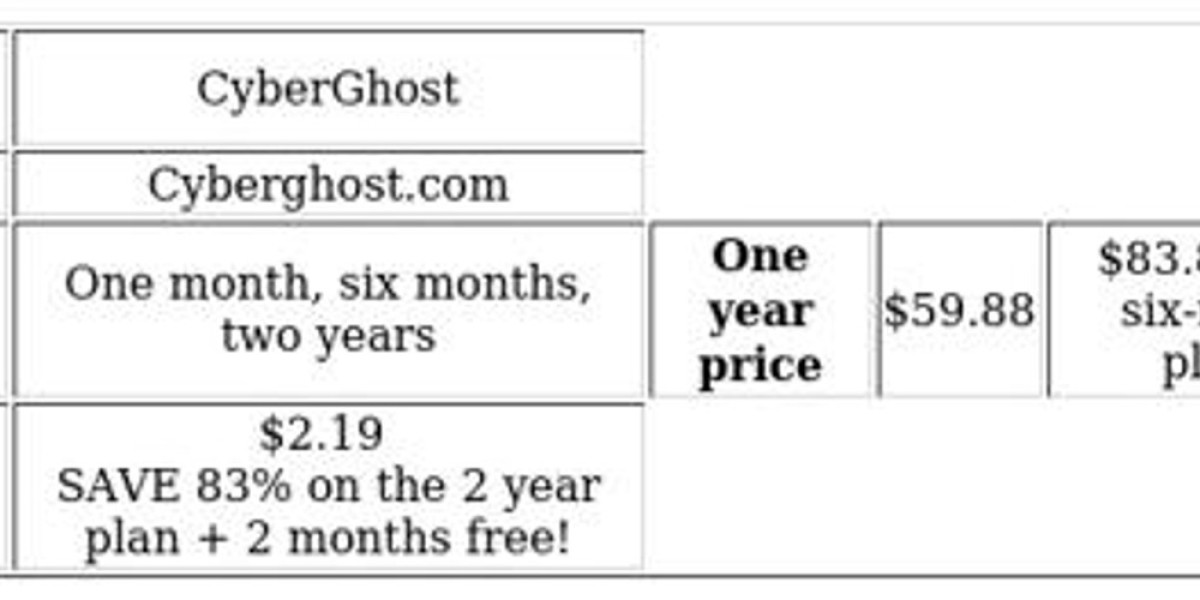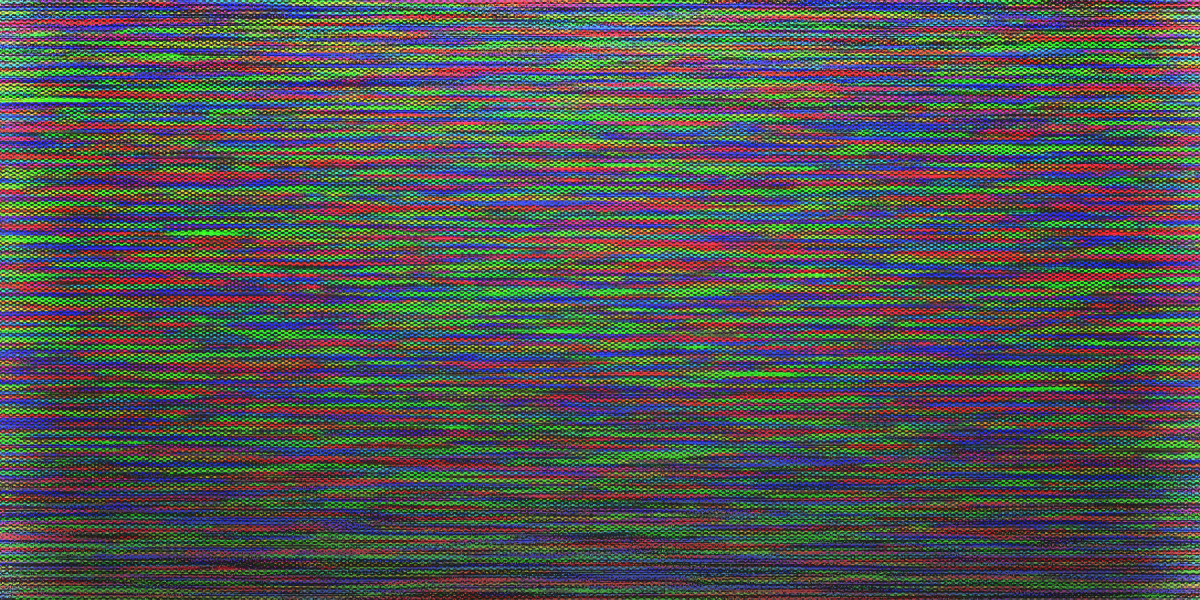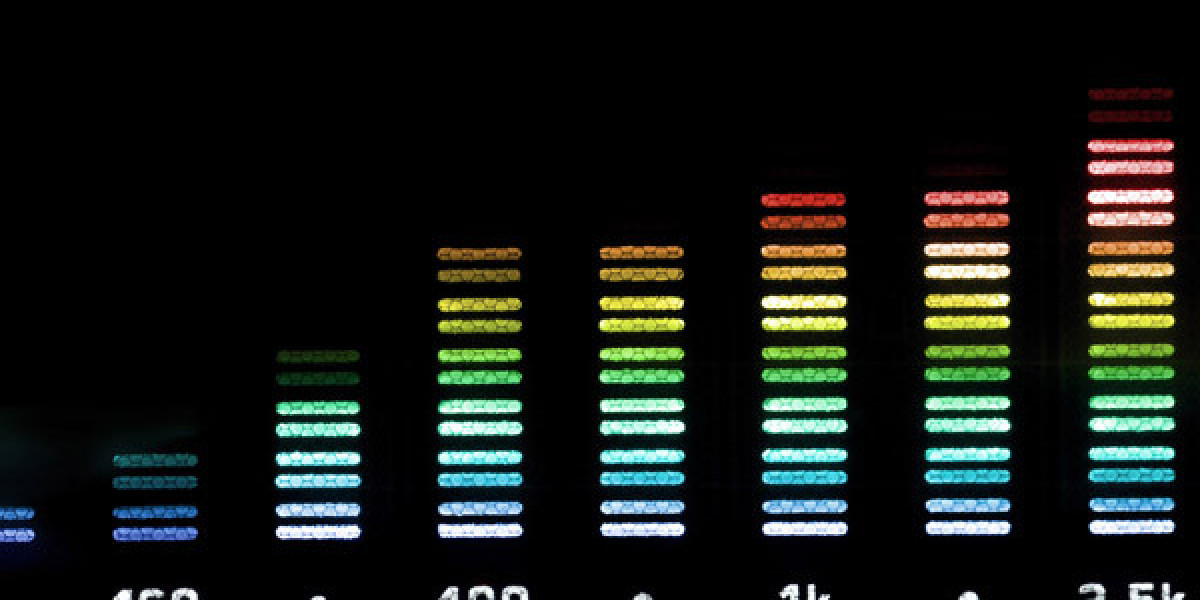The world of peptide research continues to expand as scientists uncover new ways to harness the power of small protein fragments for health and wellness. One peptide that has recently attracted significant attention is KPV, https://urlscan.io a tripeptide known for its anti-inflammatory and pro-healing properties. Understanding how KPV works, why it’s becoming a popular choice in peptide therapy, and how it fits into broader lifestyle strategies—such as creatine supplementation, exercise routines, and hormonal changes during menopause—provides a comprehensive view of its potential benefits.
Peptide Therapy: KPV – The Anti-Inflammation & Pro-Healing Peptide
KPV is derived from the larger protein kallikrein 1 (KLKB1). Its three amino acids—lysine, proline, and valine—are arranged in a sequence that enables the peptide to interact with specific receptors on immune cells. By binding to these receptors, KPV inhibits the activation of nuclear factor kappa-B, a key driver of inflammatory gene expression. As a result, levels of pro-inflammatory cytokines such as tumor necrosis factor alpha and interleukin-6 are reduced. The suppression of inflammation translates into quicker tissue repair, making KPV especially valuable for conditions that involve chronic inflammation, such as arthritis, wound healing after surgery, or skin disorders like psoriasis.
Beyond its anti-inflammatory action, KPV also promotes the proliferation of fibroblasts and enhances collagen synthesis. These effects are critical for restoring the structural integrity of damaged tissues. Clinical studies have demonstrated that topical or injectable formulations of KPV can accelerate recovery times in patients with surgical incisions or sports injuries. In addition, animal models show a reduction in pain scores when KPV is administered systemically, indicating its potential as a non-opioid analgesic adjunct.
To Read About Blog Topic, Scroll Down
If you are interested in diving deeper into the science behind peptides like KPV, there are several reputable blogs and research portals that offer detailed explanations. These resources often include peer-reviewed studies, expert commentary, and practical guidance on dosage protocols. By scrolling down on these pages, you will typically find sections dedicated to:
- The molecular mechanisms of action for each peptide
- Comparative effectiveness versus conventional anti-inflammatory drugs
- Safety profiles and potential side effects
- Real-world case studies from athletes, medical professionals, and individuals seeking natural therapies
Creatine, Exercise & Menopause
Creatine is a naturally occurring compound stored in muscle cells that helps regenerate ATP during high-intensity activity. Its benefits extend beyond athletic performance; research suggests that creatine may improve mood, cognitive function, and even bone density. For women approaching or experiencing menopause, these advantages can be particularly relevant.
During menopause, estrogen levels decline, which often leads to decreased muscle mass, increased body fat, and a higher risk of osteoporosis. Regular resistance training combined with creatine supplementation has been shown to counteract some of these changes. Studies indicate that creatine can help preserve lean body mass even when hormone replacement therapy is not used. Additionally, the energy boost provided by creatine supports longer, more effective workout sessions, which in turn promote the release of growth hormone and testosterone—hormones that aid muscle maintenance.
Integrating KPV into this regimen offers a synergistic approach. While creatine fuels muscular performance, KPV can reduce inflammation associated with intense training or joint stress. This dual strategy is especially useful for post-menopausal women who may experience slower recovery times due to hormonal shifts. By combining proper nutrition, targeted supplementation, and evidence-based exercise protocols, individuals can maintain muscle strength, protect bone health, and support overall well-being during the menopausal transition.
In summary, KPV’s role as an anti-inflammatory and pro-healing peptide makes it a promising tool in modern therapeutic practices. Coupled with lifestyle interventions such as creatine supplementation and structured exercise, especially for those navigating menopause, this approach offers a comprehensive strategy to enhance health, reduce inflammation, and promote tissue repair.








